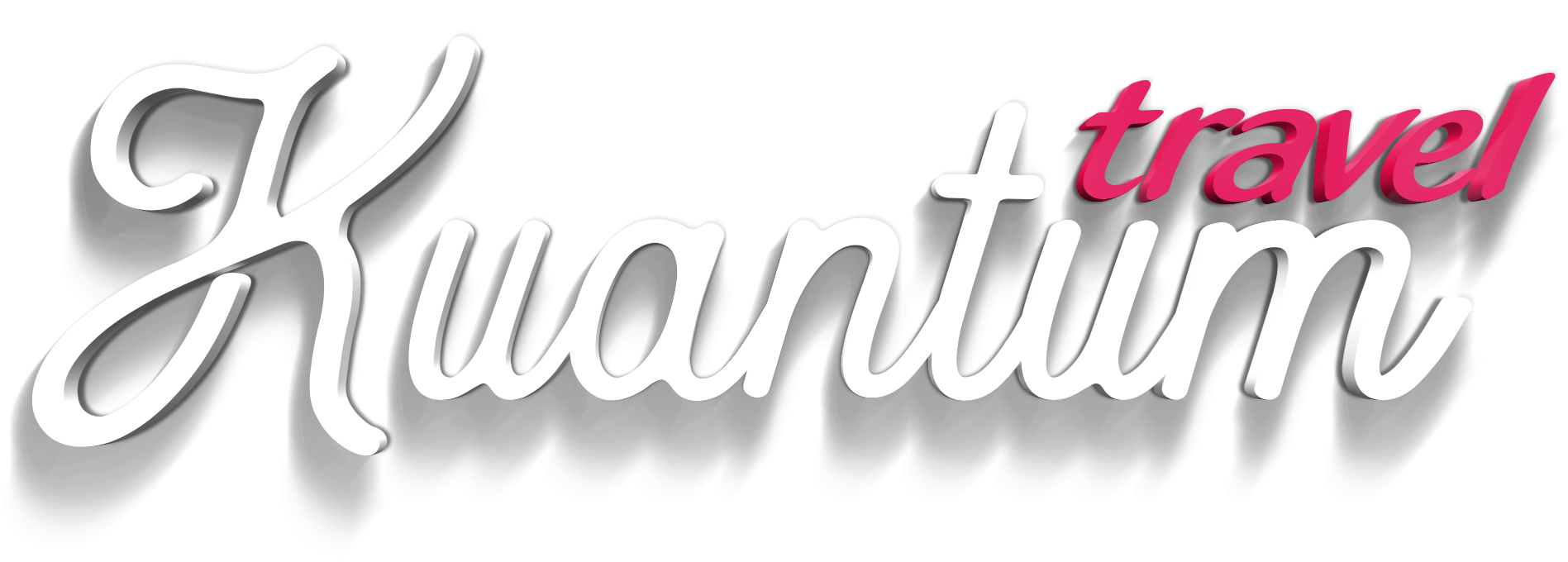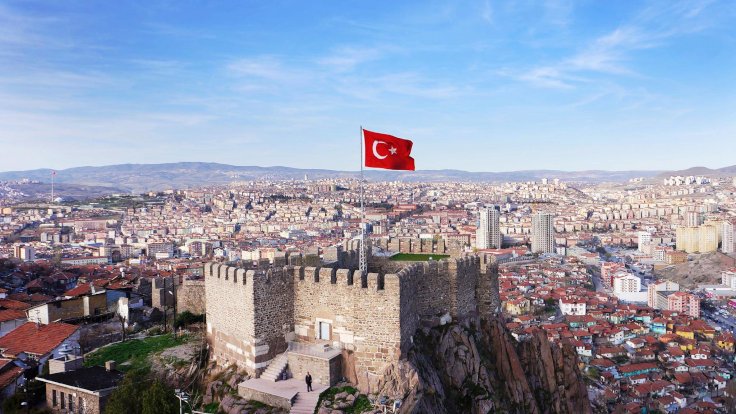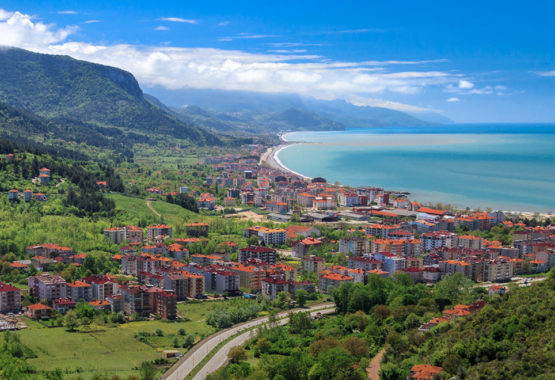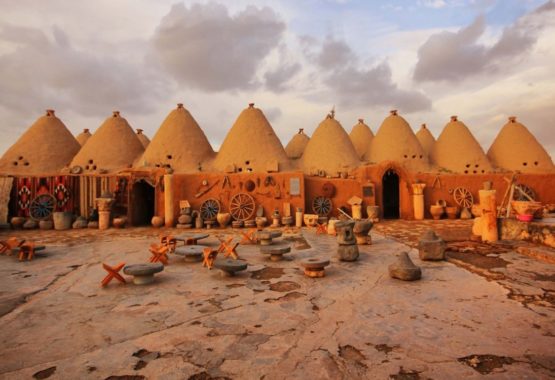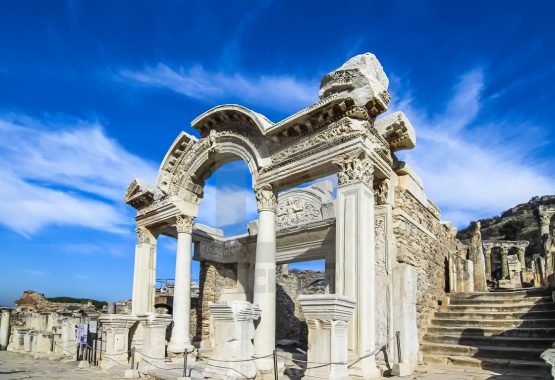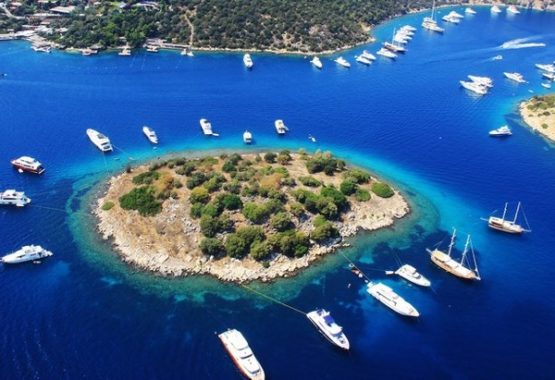ANKARA
Ankara, the capital of our country, consists of our most developed cities. Political, social and economic reasons have increased the passing of Ankara’s population. In the center of Ankara. It is for this reason that the population of some provinces of Ankara has exceeded the population of Anatolia.
Ankara’s Akyurt, Altındağ, Ayaş, Bala, Beypazarı, Çamlıdere, Çankaya, Çubuk, Elmadağ, Etimesgut, Evren, Gölbaşı, Güdül, Haymana, Kalecik, Kazan, Keçiören, Kızılcahamam, Mamak, Nallıhan, Polatlı, Pursaklar, Sincan, Şereflikoçhisar and Yenimahalle, there are 25 districts.
What You Don’t Know About Ankara
- During the excavations, ruins from different historical periods were found in every corner of Ankara. This proves that Ankara has been one of the important settlements throughout history.
- Ankara’s name is mentioned in history sources as Engürü, Ankyra, Angora.
- The presence of works identified to belong to the Hittites in many parts of Ankara proves that the first settled civilization in the region was the Hittites.
- After the disappearance of the Hittites, Phrygians established sovereignty in Ankara as in many other regions. The works from these two kingdoms are exhibited in the Anatolian Civilizations Museum (Ankara).
- After the Phrygians, the Lydians, Persians, Macedonian Alexander, Galatians, Roman Empire, Byzantine, Seljuks, Danişmentians, İlhanlıs and the Ottoman Empire were found respectively in Ankara.
- The population of Ankara, the first time the establishment of the independent Republic of Turkey was about 30 thousand. However, this figure has exceeded 5 million today.
- Very interestingly, it was declared the capital 16 days before the founding of the Republic of Turkey, Ankara. (13 October 1923)
- The economy of Ankara, which has evolved since the Republican era, is based on industry and trade.
- As agriculture and animal husbandry are carried out with modern methods in Ankara, the yield is very high.
- Although cereal cultivation (wheat, barley, oats) is common, income is obtained from legume, sugar beet, industrial plants and potato cultivation.
- Grapes, apples, watermelons, melons, pears, cherries, plums are also planted.
- Animal husbandry is among the economic activities that generate serious income. Especially the Angora Goat (Ankara Goat) is the homeland of Ankara. In addition, hair goats, sheep and cattle breeding are also common.
- Ankara is not very fertile in terms of underground resources. Mining such as lignite, manganese and wolfram are limited.
Places to Visit in Ankara
- Anıtkabir
Actually, Ankara means Anıtkabir. Anitkabir, where Gazi Mustafa Kemal, who made Ankara a capital city and transformed the city from the steppe town into a center that changed the history of the country, was opened in 1953. In addition to the mausoleum of Atatürk, the building, where the Atatürk and the War of Independence Museum is located, is one of the points visited by those who come to the city.
- Ankara Castle
Ankara Castle, one of the symbolic structures of the city, is located on a hill overlooking the point where Hatip and İncesu rivers, which gave life to the city in the past, meet. The history of the castle dates back to the 3rd century BC, the Galatians.
There are many mosques and baths from the Seljuk and Ottoman periods around Ankara Castle. Alaaddin Mosque, Aslanhane (Ahi Şerafeddin) and Ahi Elvan mosques, which are the oldest mosques in Ankara, are among the mosques that can be seen during the castle visit.
- Çengelhan Rahmi M. Koç Museum
Çengelhan Rahmi M. Koç Museum has the title of Ankara’s first and only industrial museum. Numerous objects referring to the history of industry, transportation and communication are exhibited in the museum. The museum collection also includes a visual archive with the historical history of Mustafa Kemal Atatürk and Ankara.
- Republic Museum
Located in Ulus, very close to the War of Independence Museum, the Second Assembly Building is used as the Republic Museum. The parliament building, which hosted the Turkish Grand National Assembly between 1924-1960, was built in 1924 due to the insufficient capacity of the previous building.
Opposite Republic Period architecture fully reflects the Museum of the Republic, currently used as the Ankara Palas State Guesthouse with Sümerbank, Turkey Business Bank and Agricultural Bank of structures in buildings built in a similar period.
- Atatürk Forest Farm
Atatürk Forest Farm, which is the biggest green area of Ankara, is one of the works of the Republican Period. The farm, which started to be established in 1925 and donated by Atatürk to Ankara, is one of the structures identified with Ankara. Gazi Station, which is a copy of the house where Atatürk was born in Thessaloniki and used as a restaurant, and the State Cemetery, which is the first mausoleum after Anıtkabir, are among the places to be seen.
- Red Crescent
Ulus, which has been accepted as the heart of the city for many years in Ankara, has been replaced by the Red Crescent more recently. There are also areas open only to pedestrian traffic, such as Sakarya and Yüksel streets, in the vicinity of Kızılay, which is a bustling center with workplaces, around the clock.
In Kızılay, which took its name from the historical Red Crescent building in the past, there is also Güven Park, one of the meeting points of the city. The name of the square, which many people use as a transfer center to go from place to place in the center of Ankara, was changed to 15 July Red Crescent National Will Square in 2016.
- Anatolian Civilizations Museum
Turkey’s and the world’s most important archaeological museum located between the Museum of Anatolian Civilizations, Kurşunluhan is located in the building which was built in 1471. The museum, where works of different civilizations that have left their mark in Anatolia are exhibited, in Ulus district.
In the museum, which won the Museum of the Year award in Europe, selected among 68 museums in 1997, the works obtained in different regions of Ankara and Anatolia are displayed in chronological order since prehistoric times.
- War of Independence Museum
Ankara, the young Republic of Turkey is home to the symbol structures. The first parliament building (1920-1924), where the Republic was declared, welcomes its visitors as the War of Independence Museum. Ankara stone (andesite) was used on the walls of the museum located in Ulus Square.
The building, which was used for different purposes after the National Assembly passed to its new building, was converted into a museum in 1961. In the celebrations of the 100th anniversary of Atatürk’s birth, the museum, which was renewed by the Ministry of Culture and Tourism, started to host its visitors with the name of the War of Independence Museum.
- Republic Museum
Located in Ulus, very close to the War of Independence Museum, the Second Assembly Building is used as the Republic Museum. The parliament building, which hosted the Turkish Grand National Assembly between 1924-1960, was built in 1924 due to the insufficient capacity of the previous building.
Opposite Republic Period architecture fully reflects the Museum of the Republic, currently used as the Ankara Palas State Guesthouse with Sümerbank, Turkey Business Bank and Agricultural Bank of structures in buildings built in a similar period.
- Ethnography Museum
Ankara Ethnography Museum is a museum where folkloric objects, weapons, woodworks and local clothing reflecting Anatolian culture from the Seljuks to the present day. Located in the building, which was used as a hospital in the past, the museum has been hosting its visitors since 1984.
- Kocatepe Mosque
The Kocatepe Mosque, which was opened in 1987 as the protocol mosque of Ankara, takes its name from the district where it is located. Built on an area of 4,500 m², the mosque has a conference hall, library, parking lot and administrative units on the lower floor, and a prayer room on the upper floor.
